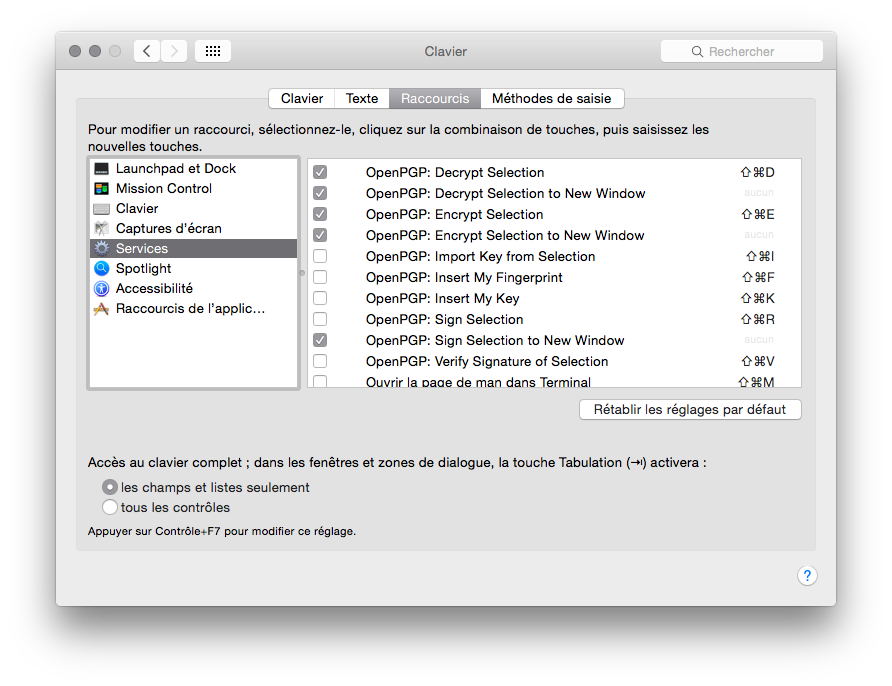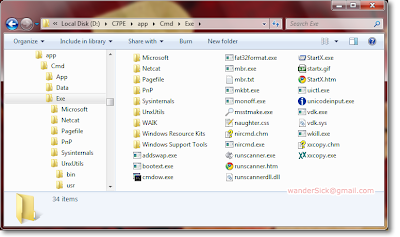

- Pgp command line for mac how to#
- Pgp command line for mac software#
- Pgp command line for mac Offline#
The key ID in this case is 1234ABC and you will need this key ID to perform other operations. Make a note of the key ID, that is displayed in the message such as "gpg: key 1234ABC marked as ultimately trusted". When the key has been generated, you will see several messages displayed. While the key is being generated, move your mouse around or type on the keyboard to gain enough entrophy.
Pgp command line for mac Offline#
Note: It is strongly recommended that you to generate keys on an offline system, such as a live Linux distribution like Ubuntu. Generating Keys externally from the YubiKey (Recommended) Linux: Pre-installed on all common distributions.
Pgp command line for mac software#
Pgp command line for mac how to#
These instructions will show you how to set up your YubiKey with OpenPGP. If the User PIN and/or Admin PIN have been changed and are not known, the OpenPGP Applet can be reset by following this article. Note there are no spaces between the sets of four characters.Note: If you haven't set a User PIN or an Admin PIN for OpenPGP, the default values are 12345678, respectively. To identify which key to send, the fingerprint for the key must be provided on the command line. The -keyserver option must be followed by the web address of the public key server. The -send-keys option sends the key to the keyserver. You can also share your public key on a public key server. gpg -output ~/dave-geek.key -armor -export can take a look inside the key file with less. The -armor option tells gpg to generate ASCII armor output instead of a binary file. The -output option must be followed by the name fo the file you wish to have the key exported into.

To do this, we’ll use the -export option, which must be followed by the email address that you used to generate the key. To share your key as a file, we need to export it from the gpg local key store. You’ll see information about the key and the person, and will be asked to verify you really want to sign the key.


 0 kommentar(er)
0 kommentar(er)
